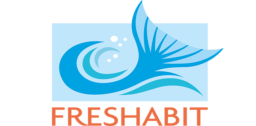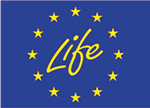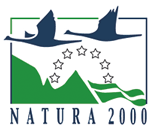Targets and Results
A lot was accomplished in the FRESHABIT LIFE IP project. The following pictures describe how we achieved the targets.
Updated December 15, 2022.
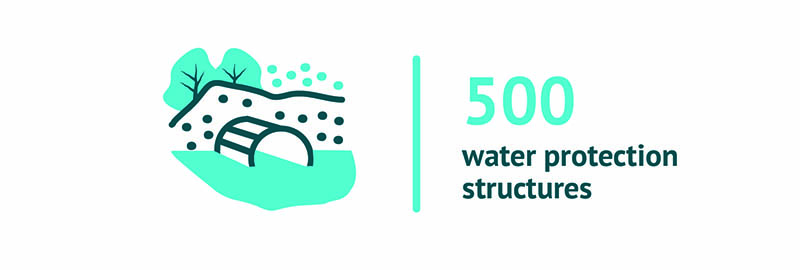
The loading of water bodies will be reduced by precise procedures, i.e. by building numerous sedimentation basins, wetlands, and submerged weirs across the river drainage area. The Finnish Forest Centre has implemented more than 500 water protection structures in the Koitajoki, Naamijoki, Isojoki, Puruvesi and Ostrobothnia target areas.
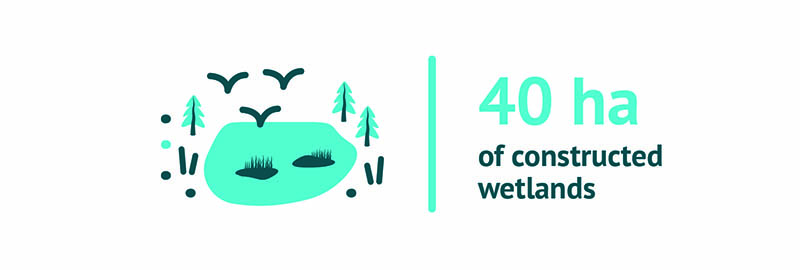
More than 50 hectares of water protection wetlands have been completed in the target areas of Puruvesi, Koitajoki, Ostrobothnia and Naamijoki.
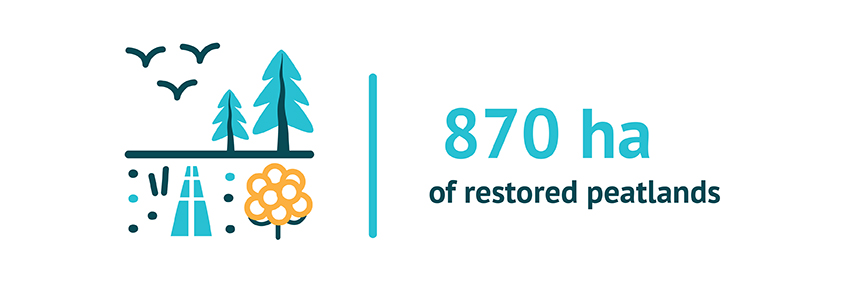
By restoring drained peatlands, we reduce the load on water bodies. We have restored 870 hectares of peatlands in Naamijoki, Isojoki, Karvianjoki, and Koitajoki.
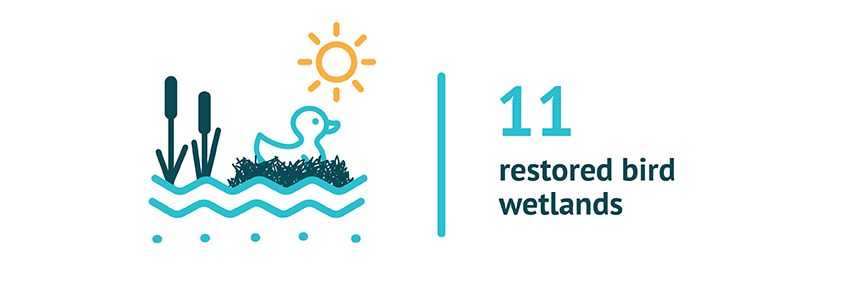
We restore bird wetlands by raising the water level, removing shore vegetation, digging open water courses, and increasing animal pasturing in shore areas. Eleven waterfowl lakes in the Naamijoki, Ostrobothnia, Vanajavesi, and Puruvesi areas have been restored.
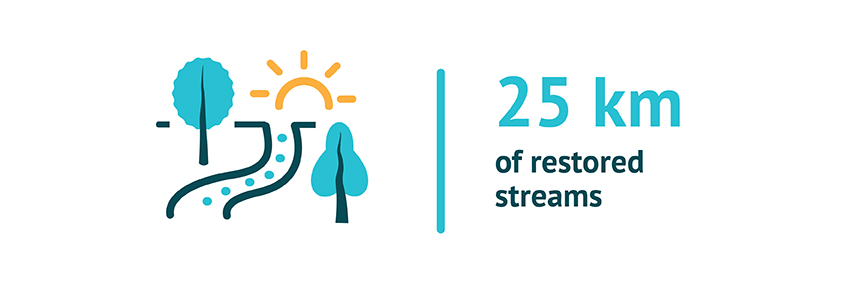
We improve the versatility of the habitat of modified streams by adding rocks, spawning gravel, wood, and aquatic mosses into the water bodies. We have restored 25 km of streams and rivers.
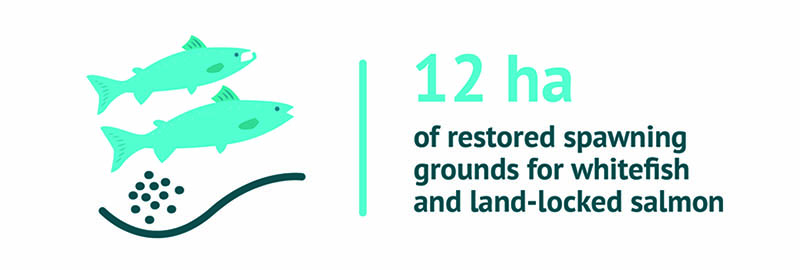
The extremely endangered landlocked salmon of the Lake Saimaa can be found in the Koitajoki river. The spawning and fingerling areas of the landlocked salmon have been restored both by machinery and by hand in an area covering more than 12 hectares.
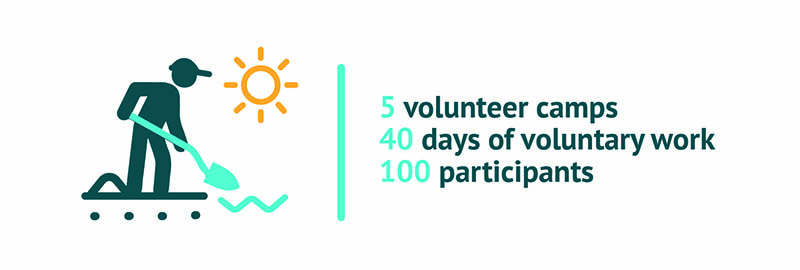
With the help of volunteers, we have restored several spawning and fingerling areas of migratory fish in various parts of Finland. We have organised three camps and several individual days of voluntary work.
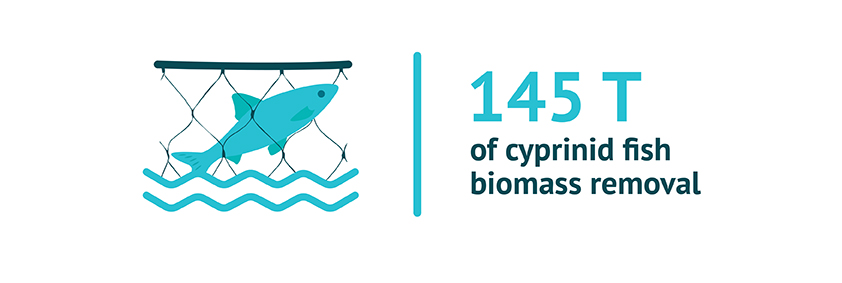
Selective fishing can provide first aid to an eutrophicated lake. We have removed 145 ton of cyprinid fish from Lake Vaattojärvi and from Puruvesi.
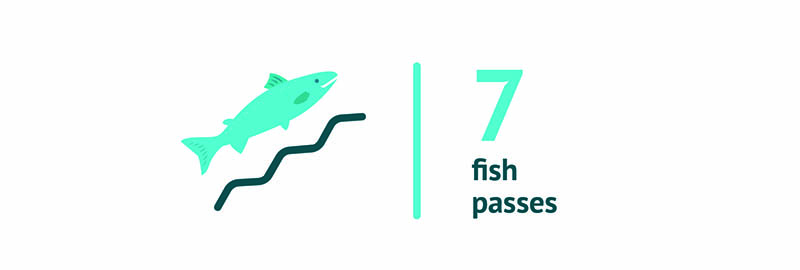
We are fixing the blocked migratory routes by building fish passes and restoring the living environments of the fish. Today, four fish passes have been completed: Billnäs and Åminnefors in Karjaanjoki river, Hietama on the Saarijärvi route, and Villamo in Isojoki river.
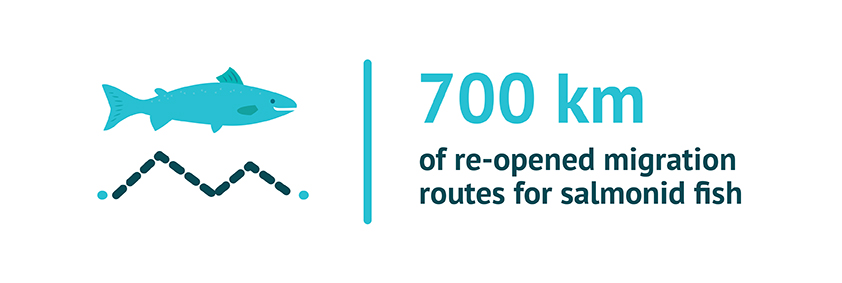
The Karjaanjoki and Villamo fish passes have opened about 700 km of migratory routes for salmon.
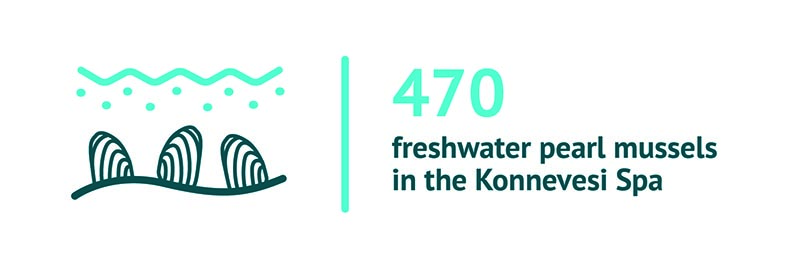
In our four river locations, around 500 freshwater pearl mussels have been rehabilitated at the Konnevesi Research Station, where the work has already borne fruit and the adult freshwater pearl mussels have begun once again to reproduce.
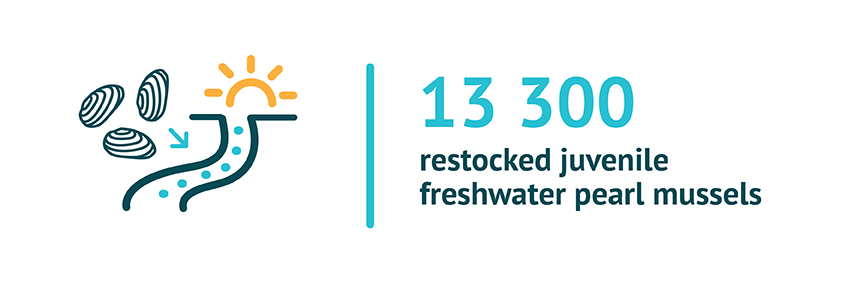
13,300 small freshwater pearl mussels may grow at the research stations in Norway and Konnevesi, before returning to their home rivers in summer 2021.
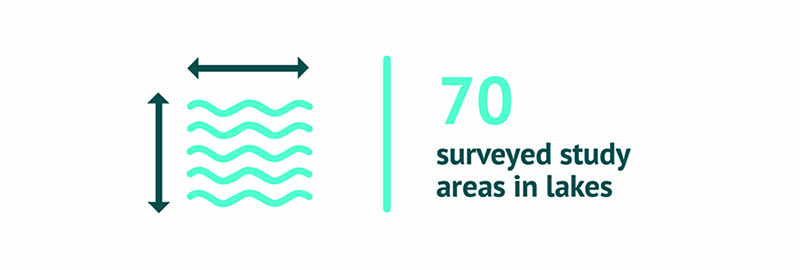
We have mapped the structure and soil types of the lake floors, benthic animals, and fish spawning areas using new types of mapping methods in Konnevesi, Päijänne, and Puruvesi.
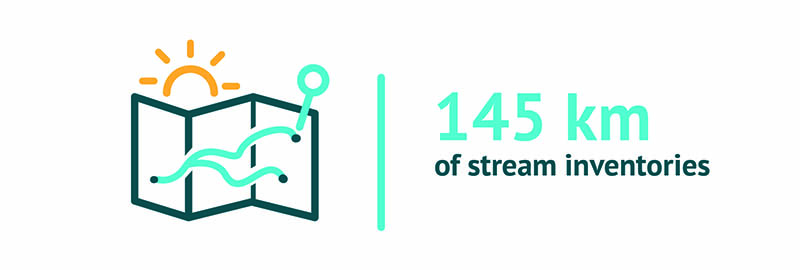
It is estimated that there are some 100,000 km of streams in Finland, but we do not have a comprehensive picture of their condition. Therefore, we have developed a spatial-data-based mapping method for assessing the status of small streams and surveyed 145 km of streams.
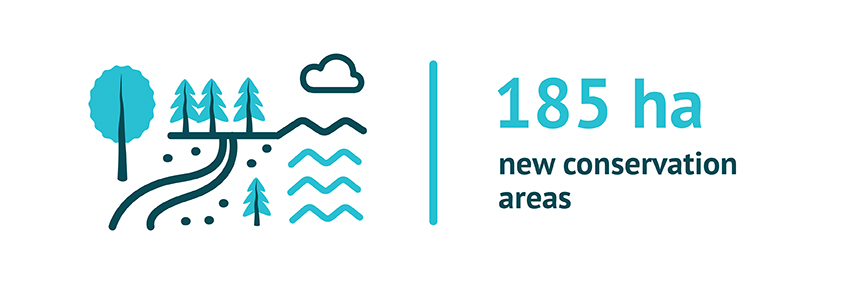
The greatest forest streams have been purchased for the state and made into nature reserves. A stunning 185 hectares of new nature reserves have been established.
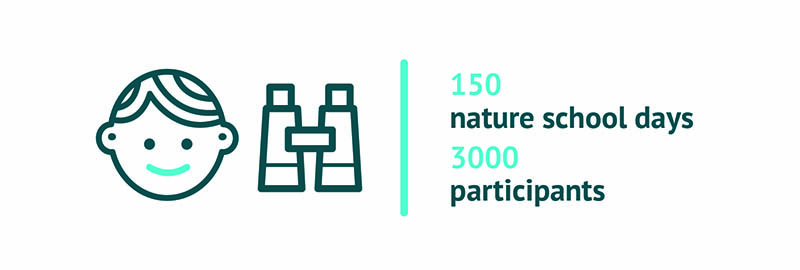
There is a whole new world in the water and water bodies, inviting both children and adults to a study excursion. To support these excursions, we have published three mobile applications and three environmental education guides. About 70 nature school days have been arranged for school children.
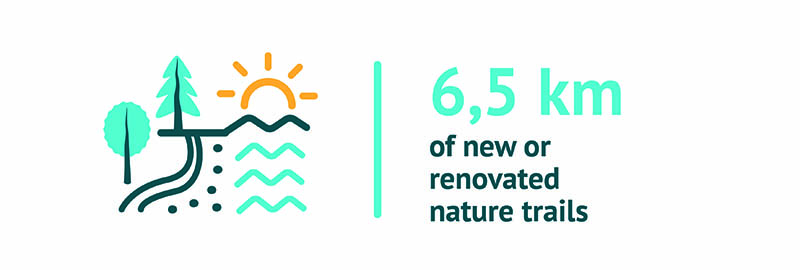
We have renewed three nature paths to make it easier to explore our target areas. Welcome to the island of Hytermä on Puruvesi, and the Hakki (Nutcracker) trail, and to the great Latokartanonkoski of the River Kiskonjoki.
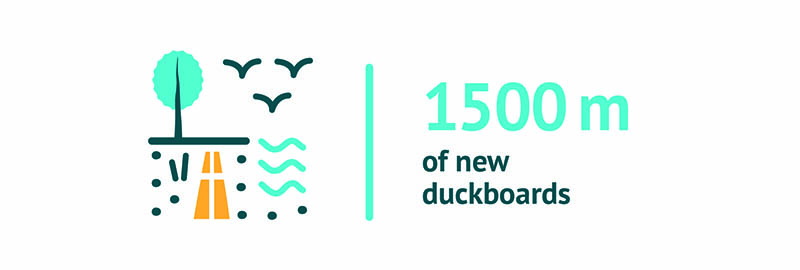
The magnificent bird wetlands in Vanajavesi can be better achieved when solid duckboards have been built in Lake Hattelmalanjärvi, Lake Tykölänjärvi, and Lake Ormajärvi.
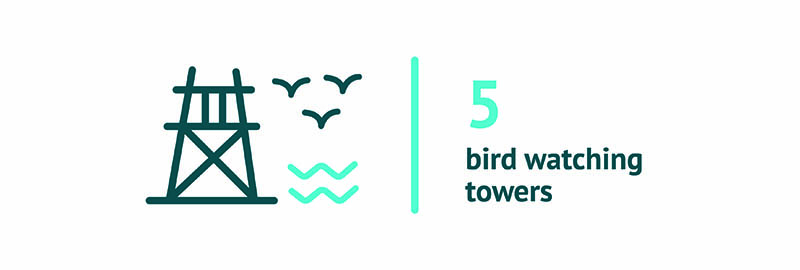
The bird-watching tower at Lake Ormajärvi in Vanajavesi has also been renovated.
We have developed computing tools based on open spatial data that can be used to identify locations within the drainage areas that are important for the load, and which should be specifically targeted at water protection work.
Last updated 19 December 2022
